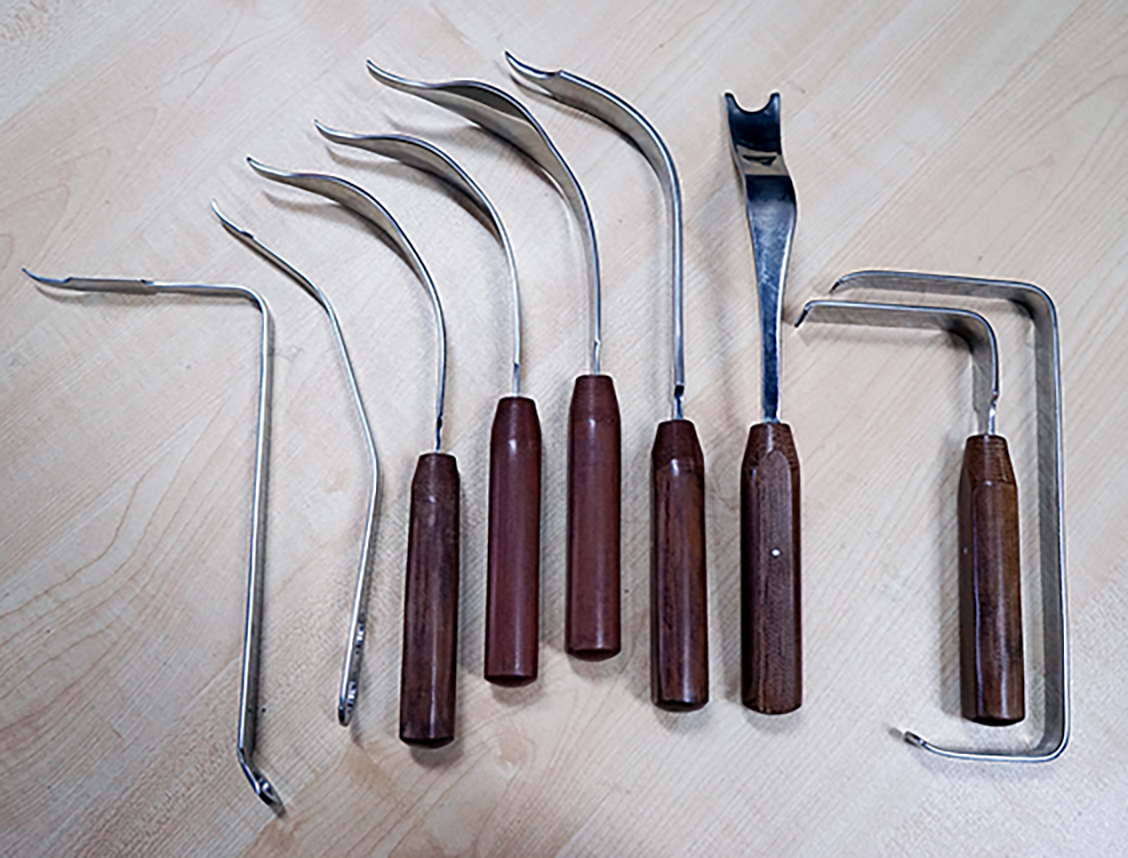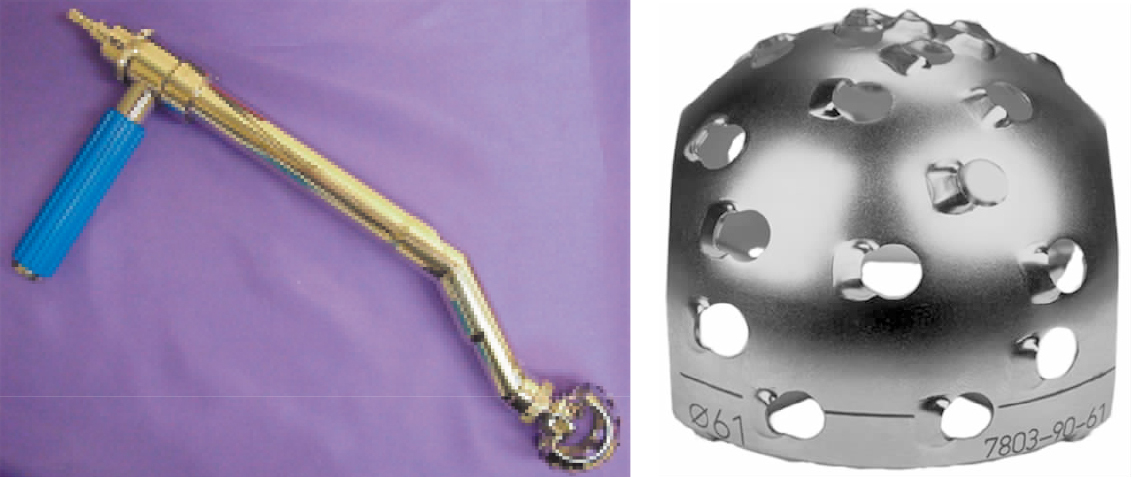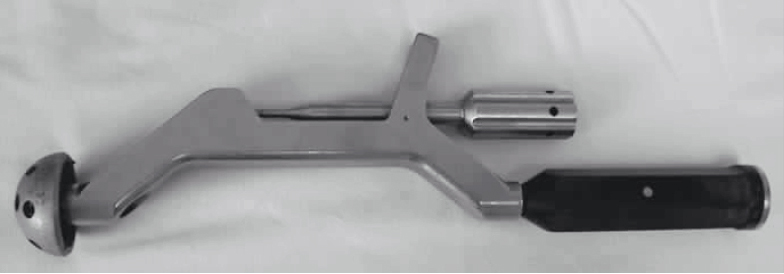Surgical instruments of MIS-THA
 Dec. 21, 2020
Dec. 21, 2020
Surgical instruments of MIS-THA
To successfully implement the MIS-THA procedure, operating in a smaller surgical field, conventional surgical instruments need to be improved and modified to achieve the requirements for correct fitting of prostheses.
Special traction surgical bed: anterior and anterolateral approaches MIS-THA is more difficult to expose and manipulate on the femoral side and requires assistance with a special traction surgical bed. Siguier's anterior single incision MIS-THA, suggests adopting a flat lying position with the pelvis fixed, is placed on a Judet orthopedic table and can be assisted intraoperatively with traction, internal and external rotation of the affected limb and downward placement of the lower leg. OCM approach MIS-THA, requires taking a vertical lateral decubitus position for pelvic fixation, which requires the caudal posterior half of the surgical bed to be removed intraoperatively because of the intraoperative need for the affected limb hyperextension and lower leg drop, perpendicular to the floor or vertical to the surgical bed placement.
Modified over bent Hohmann retractor: to facilitate manipulation inside a small, deep incision and prevent excessive traction injury to surrounding soft tissues, a long stalk over bent shape of Hohmann retractor is recommended. To provide additional light to the surgical field, it is recommended that a retractor with a dot light source mounting component be in place.

File and implant tools with offset: An acetabular file with a straight handle and a femoral Broach, which are not amenable to minor incision manipulation, have the potential to create decentration of the file in the acetabulum and fracture of the femur, which may create failure of the prosthesis to fit properly. The use of specially designed files and implant tools with offset is recommended, as well as low rise acetabular files.



Combined prostheses: the use of combined uncemented prostheses is recommended and is advantageous in simplifying operations in limited spaces, exempt from the process of clearing cement.
Computer assisted orthopedic surgery (CAOS) system: computer assisted systems facilitate the intraoperative tracing of the relative position, spatial orientation, and movement trajectory of surgical instruments in the body. Surgeons can precisely complete the operations such as osteotomy, file and prosthesis implantation of instruments on bone structure under non direct vision, and improve the precision of surgical requirements, which is the direction of development.













